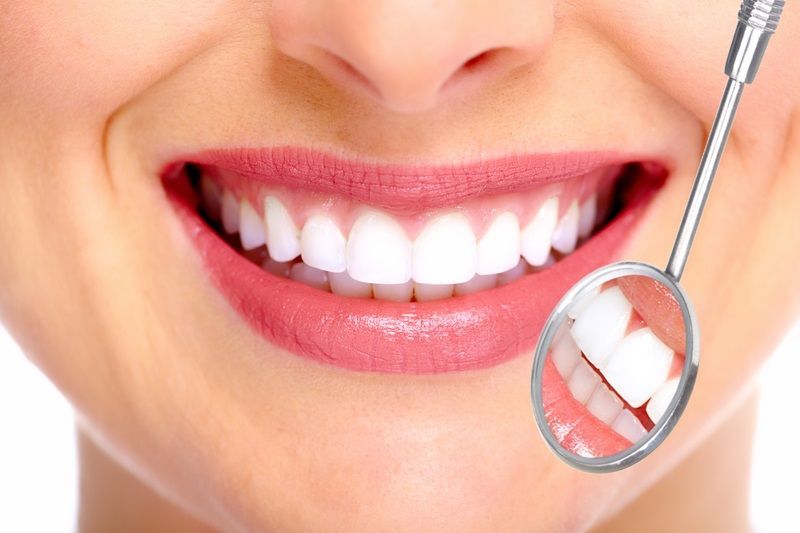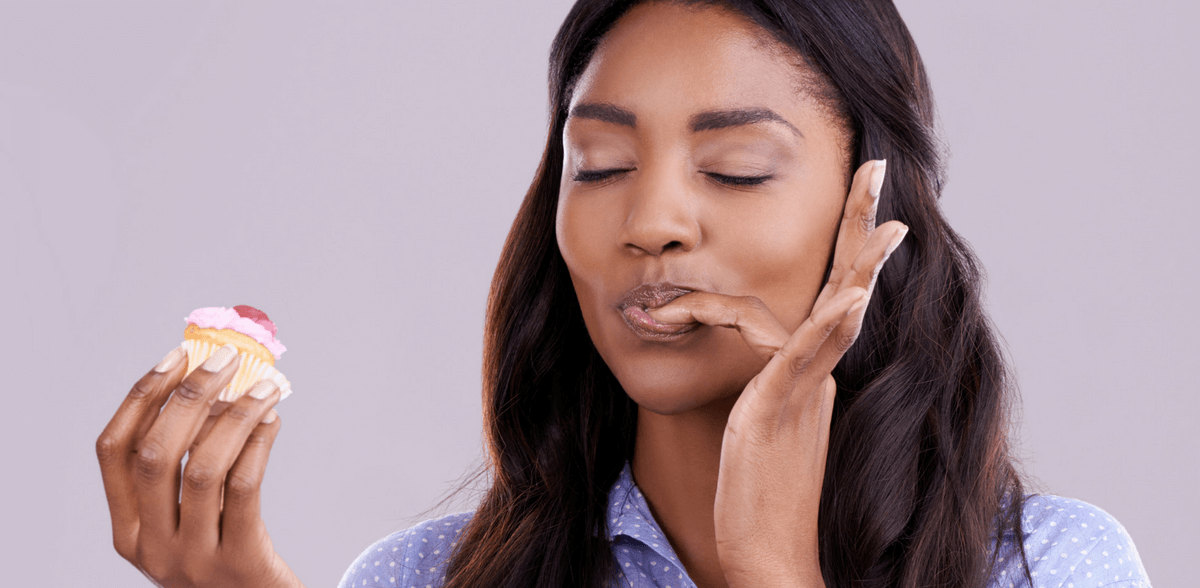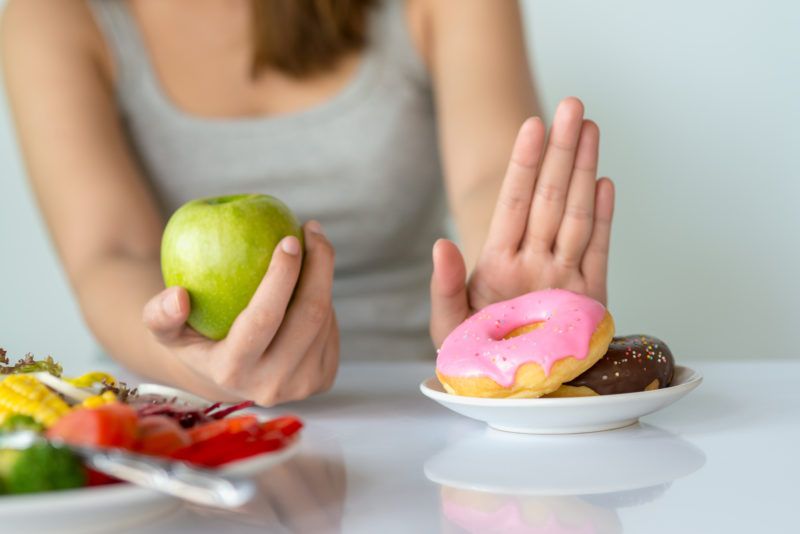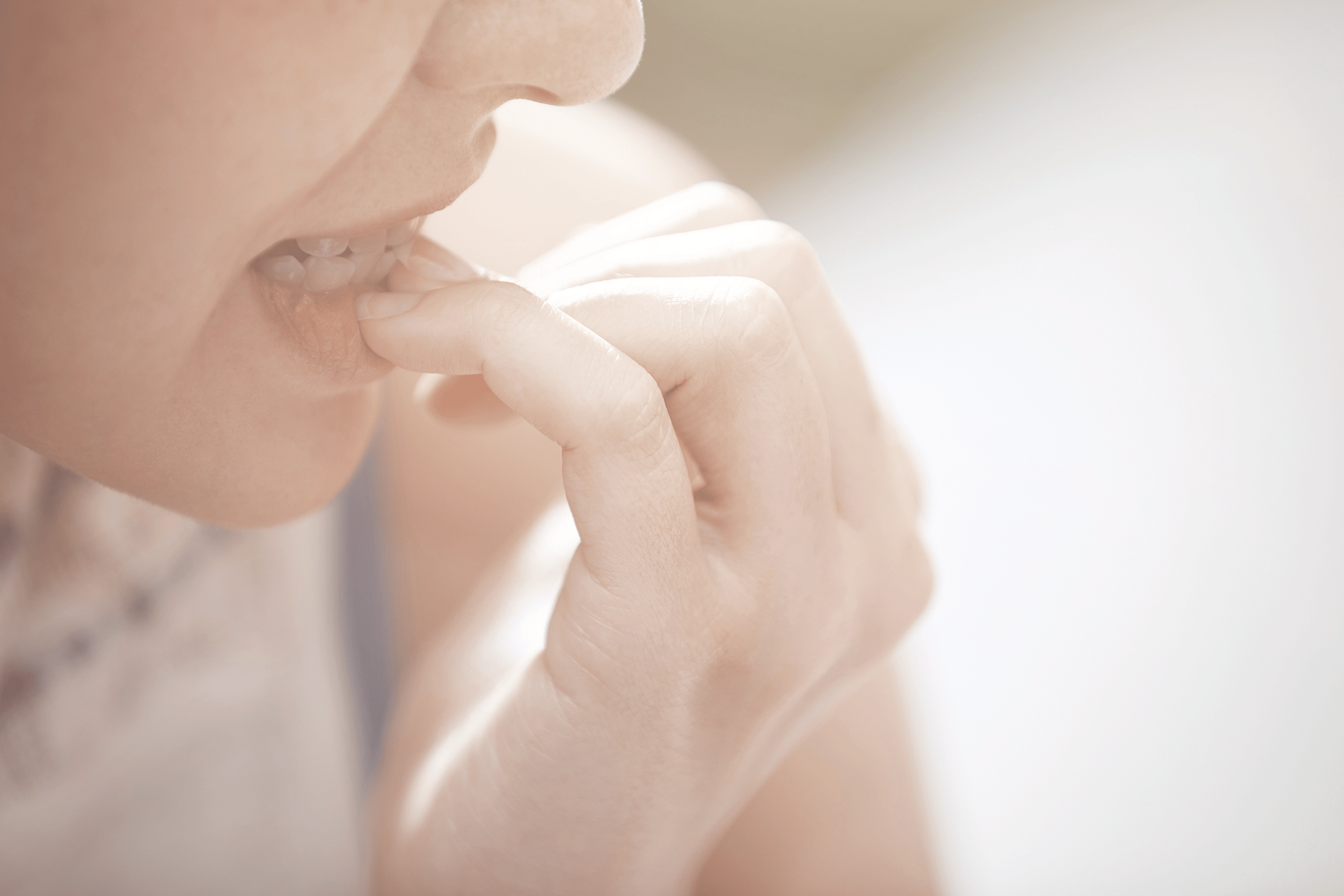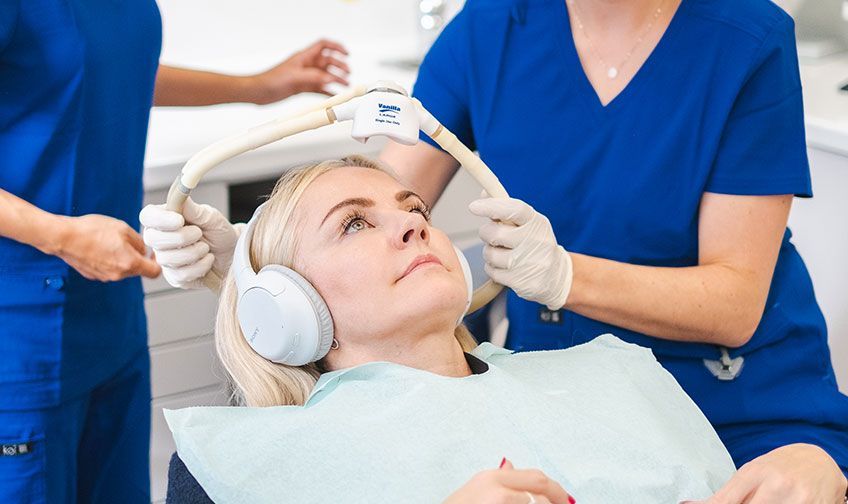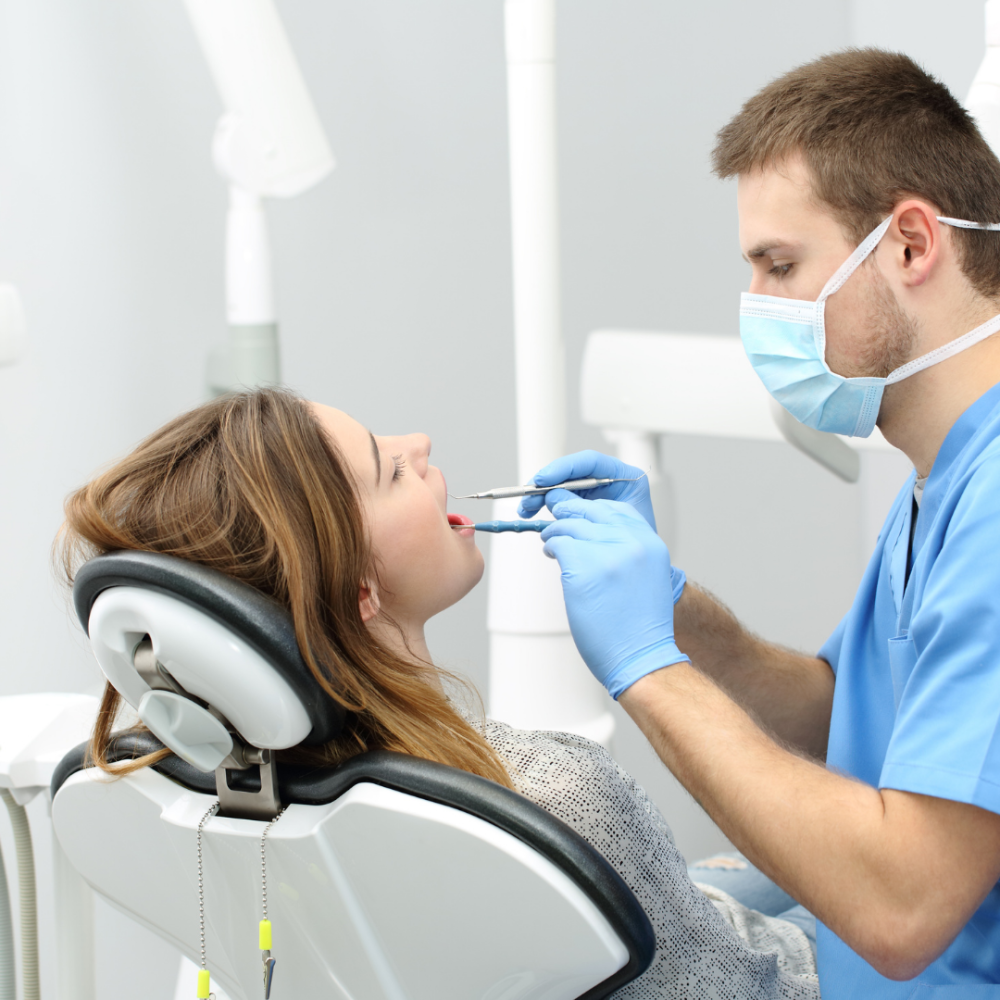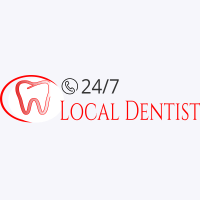Before we get into the reasons why teeth appear yellow, we must first understand the natural translucency of our enamel. Despite our obsession with whiter teeth, most healthy teeth have a light-yellow hue. Enamel covers the surface of every tooth and has a natural white color., but, the underlying dentin layer is slightly yellowish. This yellowish hue can be seen through the enamel in almost everyone, but it is more noticeable in those individuals who have naturally thinner or more translucent enamel. A plethora of tooth whitening products have hit the market in recent years, each promising a brighter, whiter smile. And, while most people believe that a whiter smile indicates healthier teeth, this is a myth created by advertising companies, not dentists.
The reasons for yellow teeth or tooth discoloration can be mainly classified into three categories.
- The first is the natural appearance, which is nothing to be concerned about and comes from the natural process of aging. Our bodies change as we age. Our skin wrinkles, our hair grays, and our teeth darken over time. As you get older, your dentin gets thicker and darker. Your tooth enamel also thins with age, making the dentin underneath it more visible. All of this is perfectly normal. In this case, although your teeth are darker, this does not indicate that they are less healthy. It shows a natural consequence of aging.
- The second aspect is that your teeth are turning yellow because of health issues, which is cause for concern. Aside from oral health concerns, discolored teeth can indicate a variety of other health issues or diseases. Some diseases can cause your enamel or dentin to change color. For example, discolored teeth are strongly associated with celiac disease. This is a condition in which the immune system reacts to gluten. Green or orange stains may indicate a build-up of bacteria or fungi. This type of discoloration is usually treated with a thorough dental cleaning. If you notice red, black, or brown stains on your teeth, this could be a sign of porphyria, a rare, but treatable, genetic blood disorder.
- Lastly, one of the causes of tooth discoloration is extrinsic stains. Extrinsic tooth discoloration is caused by exposure to certain foods and drinks, as well as tobacco products, and affects the outermost layer of a tooth, or the enamel. It can be caused by any dark-colored food or drink, including berries, coffee, dark teas, red wine, red pasta sauce, curry spices, and colas.
There are other reasons as well for tooth discoloration, as explained below:
Healthy teeth are typically off-white or slightly yellow and, as you age, gradually darken. However, if you notice brown, black, or green stains on your teeth, you may have a chronic condition that requires a thorough dental cleaning . Call 24/7 Local Dentist Group at (833) 220-2448 to schedule an appointment today . We will help determine the cause of your tooth discoloration and the best treatment option for you.


